If today someone asked me what is the biggest obstacle to making syntropic farming the most common technology in rural areas…
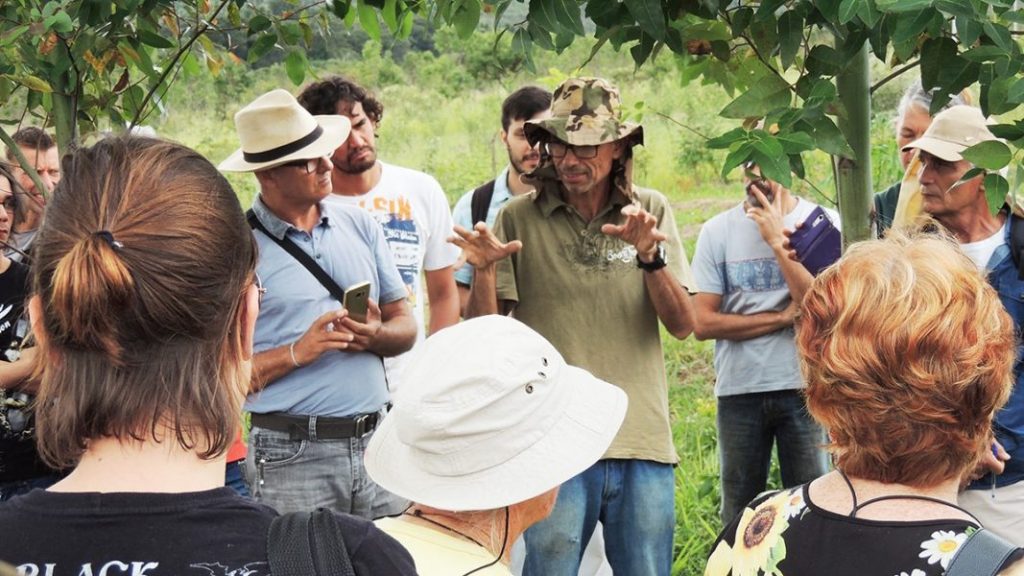
… I would respond that this obstacle is pedagogical, in fact, that was the answer that Joachim Milz gave me a few weeks ago. He is one of the oldest students of Ernst Götsch and creator of ECOTOP.
I have been thinking a lot about this issue, and when I look for an answer, there are reverberations of talks I had with Ernst himself. I once asked him:: what is the recipe for not being stuck with recipes? With the simplicity of who knows what he is talking about, he said, “We need to know the ecophysiological function of plants.”
So I ran into another problem: what is the ecophysiological function of plants?
All the plants we grow today have evolved for thousands of years along with other plants, whether grains (such as corn, soybeans, beans, rice, etc.) or fruit trees, all have grown with other plants. There is no monoculture in nature. Thus each species for thousands of years adapted to a given climate, soil, companions, percentage of shade, amount of water, etc. The problem with our agricultural research is that we never looked deep into the frame of the picture, we just looked at the economic issue, – “Wow! This grain is delicious! Amazing, this wonderful fruit!”. So we mine nature, having a very limited perspective, aiming only its edibility. But plants are sentient beings too, they are happy (beautiful) when they are in an environment similar to the ones that evolved with them for thousands of years. They even like compliments, and become sad (atrophied, sick) when mistreated, even with optimal physical conditions of soil, water, etc.

What I understood when Ernst says that we need to know the ecophysiological function of plants: we need to know for each species something like: popular and scientific name, resistance to pruning, stratum that the species occupies in the forest, presence of deciduous or not, architecture of the canopy, flowering and fruiting season, utilities for humans and other animals, type of root system (superficial or deep, fasciculate or pivoting), growth speed, seed qualities (presence of dormancy, recalcitrant or orthodox seed etc.). if the species occurs naturally in good or weak soil, soil type (clayey, sandy, mixed), type of topography in which occurs more often (lowlands, springhead, hilltop etc.), life cycle of the species (placenta I, II, secondary I, II, III or climax). It is also fundamental to value those who have this information since the rescue of local and traditional knowledge is an essential step for the success of our agroforestry.
Our great difficulty today is to have a pedagogy that leads the farmer to see the plants from this point of view, a pedagogy that guides the farmer through the natural world. The world is ready, but we are deconstructing it, the paradise. If not, then why when we leave a field “rest”, does the fertility of the land return?
I think the way is to use the “wisdom of the mirror”, put ourselves in the place of our plants and animals: if I were this plant would I enjoy receiving a weekly spray of poison? If I were that pig or that chicken, would I feel good in this place? We could only answer these questions if we knew, in fact, the origin of these plants and animals, where did they come from? How did they live in their original place? I was fortunate to find native pineapple plants (Ananas ananasoides) in places of pristine nature, within the National Park where I work, and where I observed these populations, the crowns of plants dropped by the animals in the sun became stunted seedlings, in comparison with the plants protected by the growing trees.
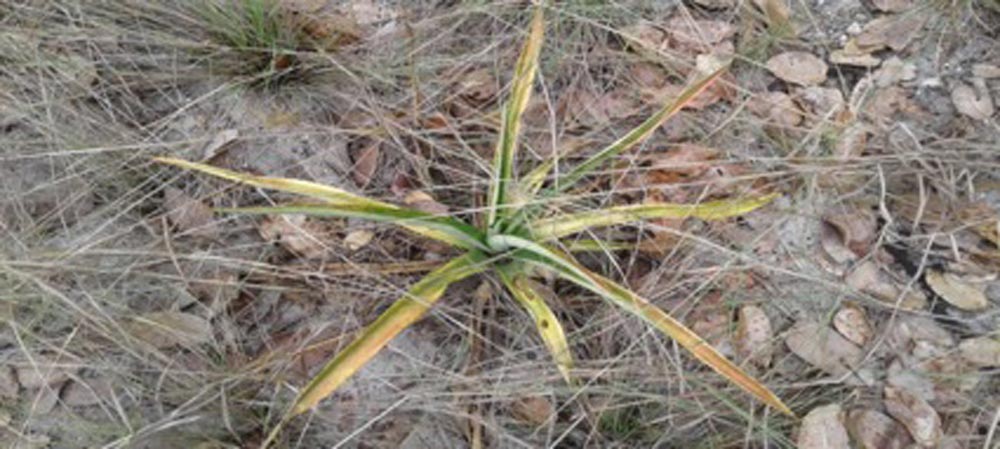
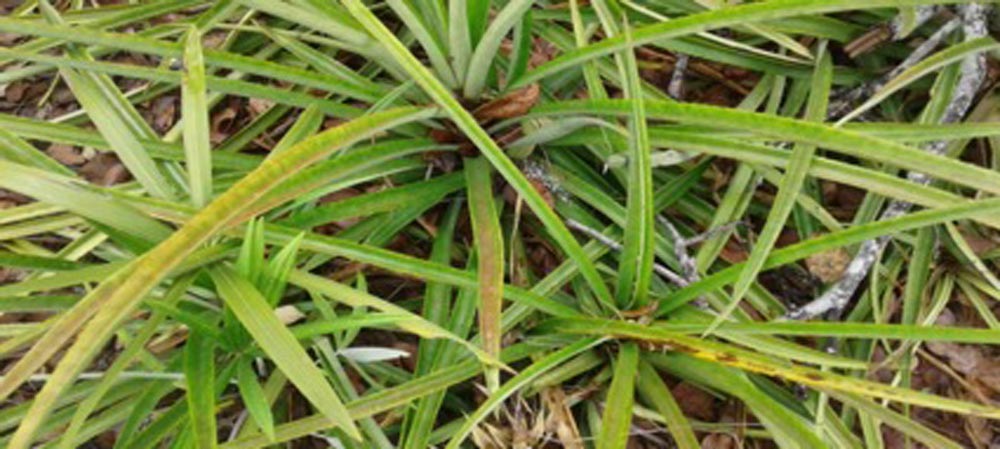

So it is fundamental to know deeply the cultivated species that grow well in our place, then the native species of our area, and lastly the exotic species that grow well in our place. In a book published by the researcher Paulo Cavalcante from the Emilio Goeldi Museum in Pará, there is a list of 150 species of fruit trees that grow well in the Amazon, native and exotic. Our great challenge is often to start from scratch, because when we decide to study plants, our science does not classify them according to natural criteria, but started from a rational analytical and anthropocentric logic, which often places the economy as the foundation of this knowledge. For example, we have the questionable “sustainable forest management”, pest and disease control ….

It is urgent to produce knowledge that has as its foundation in ecology. As the Indian philosopher Satish Kumar said, how can we take care of our house, do the house management (oikos = house, nomein = administration), if we do not know how it works, if we do not know the ecology (oikos + logos = study of the house)? We will not find the answers to our questions if we look in wrong places.
In order to make syntropic farming the most common rural technology, we urgently need to make accessible the instructions of the household functioning. We may even try out to copy some “recipes””, but if we do not know the function of each ingredient in that recipe, we will be like a chef who can not imagine how to make a pancake if suddenly run out of eggs.
The first step is to start with what we have. The other day I read a book about the Hunza, a people from northern India, who commonly lived or lives (if globalization has not reached them yet) for over a hundred years without any disease and with a resistance to make any professional triathlete jealous. They base their food on wheat, lassi (a type of yogurt) and mainly fruits (I will write everything in the present with the desire that they still live well and happy). And the fertility of the fields is maintained by the water of defrosting, which comes from many kilometers of distance through manually constructed centennial channels, and along with the water, comes the silt, ground rock, rich in minerals that are dragged together. They drink from this water and cultivate their fields with it. All indicates it also keeps them healthy for more than a hundred years, having macro and micronutrients in profusion, or in a western-language, orthomolecular daily therapy (for free!). I was forgetting; they rarely eat meat. And today many of us struggle with gluten intolerance, allergies.

The book “The wheel of health: the source of long life and health among the Hunza”. You can see the description on amazon.
But finally, and explains why I remembered the Hunza, the automatic reaction is to copy the longevity recipe of the Hunza came to my mind. I realized that I had to plant enough fruit in my agroforestry. When I was preparing a vegetable garden, I looked at those native trees, old and large trees that were already there and I thought to myself, what shall I do with you? When I was weeding the area, near an araçá (a native fruitful Myrtaceae), I found a big fruit. I took a bite and looked inside, no bugs, glup, aah! It seems that divine providence put that early on, at that very moment to tell me: wake up! The fruits are already here, just take care of us!
Immediately I went away with the brushcutter and tractor, now I am preparing the rock dust, manure, cultivator and abundant mulch for these dear araçás, adding up to the existing cashews we already have. And I was struggling to plant fruit! Starting from what we have is the way to go. There are treasures everywhere, our planet is sacred, we just need eyes to appreciate it.
This spring we’re going to have lots of fruits.
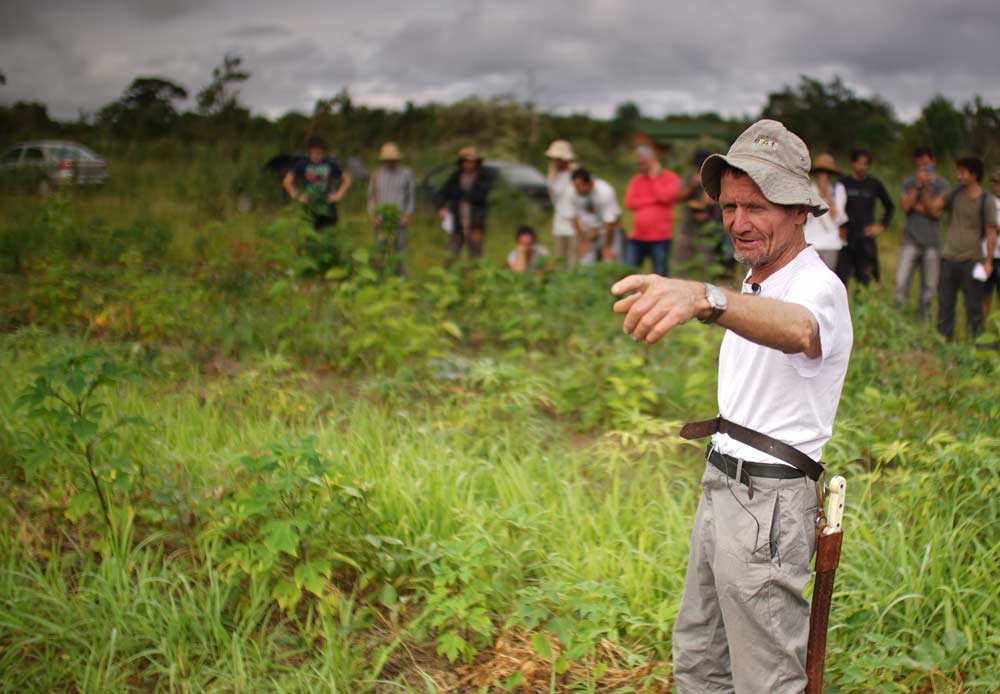
*** Fernando Rebello is an agronomist and biologist, works for the federal institution ICMBio (Chico Mendes Institute for Biodiversity Conservation), and he also has founded the Research Center of Syntropic Farming (cepeas.org) with the following objectives:
- To develop a simple pedagogy in order to transform syntropic farming an accessible and affordable solution to all farmers over the world.
- To support Ernst Götsch on his researches and trainings for both small and large scales.

Disclaimer
This post belongs to a category in which personal experiences are shared, in the sense of contributing to the joint construction of knowledge. Here we welcome professionals with a recognized field trajectory in Syntropic Farming. However, the views and opinions expressed in “experiments reports” articles are those of the authors and do not necessarily reflect the official position of Life in Syntropy.
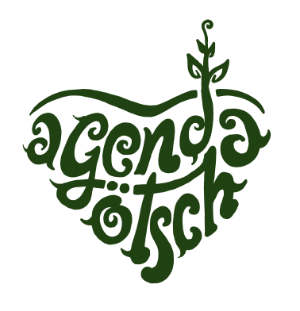


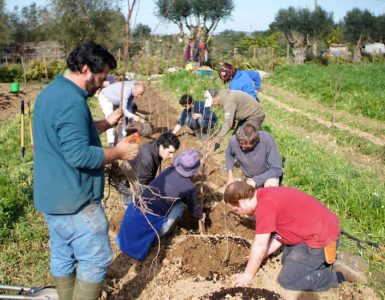
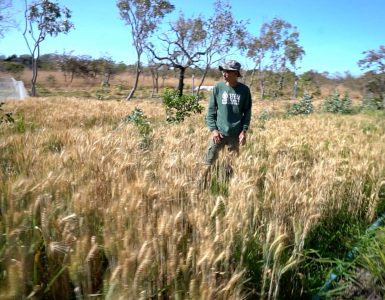
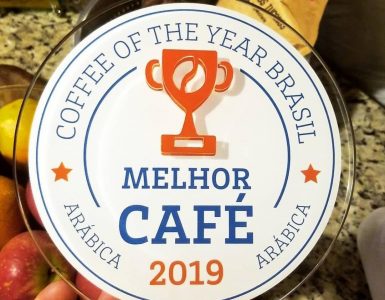

Ótimo texto, Fernando! :}
Estou muito contente de ler um texto escrito por você, pois foi através de uma fala que você fez no CEBB Caminho do Meio e que foi transmitida pelo Youtube que eu ouvi falar pela primeira vez sobre a Agricultura Sintrópica 🙂
Relembrando esta fala me vem o termo “Bio Philia”, que estou pesquisando no Google para saber mais :}
Muito obrigado Fernando e Life in Syntropy! ^^
Ormando
Colatina, Espírito Santo, Brasil
Great article fernando and beatiful webpage fernando and dayana. You guys make us feel less alone in this big regenerative adventure.
Hope to have some good news to share from the sintropic projects we are starting in Chile soon.
Dear Sir or Madam,
Months ago i was reading about an upcoming book about Syntropic farming by Ernst Götsch. Do you know by when it is available?
Viele Grüße
Detlef
Hi Detlef, thanks for leaving your comment. Yes, you read it right. We are working on that and we expect to have it published in the first semester of 2019. The idea was to launch it this year, but the project got more ambitious (which was good) and we reorganized ourselves to dedicate the time and effort it requires. From Sept onwards we will start posting the evolution of the book, so our dear followers can be well informed about its progress.
Best regards,
Felipe